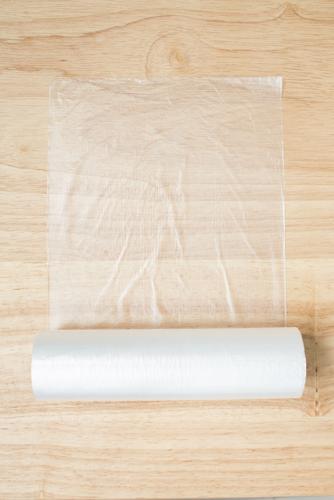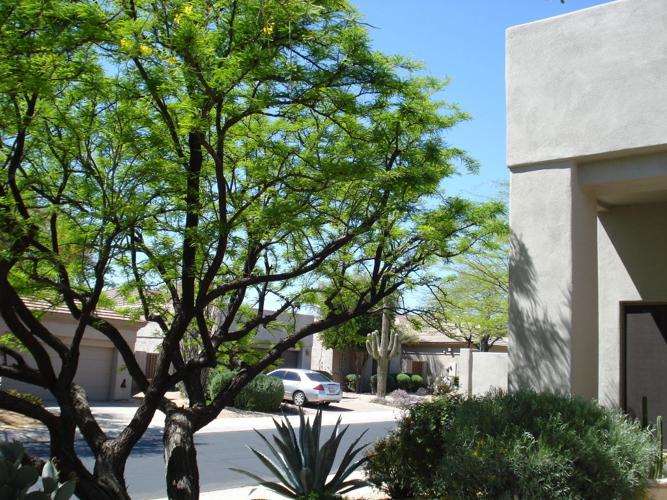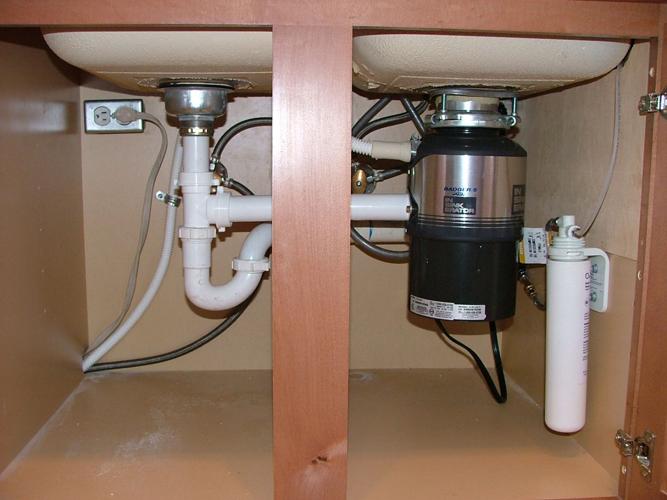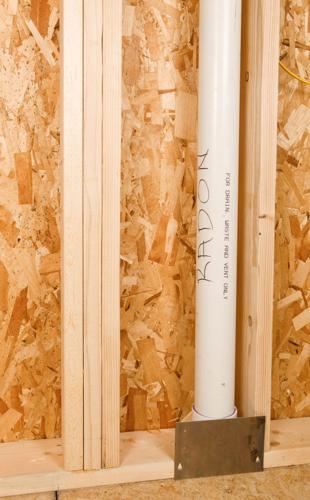QUESTION: I have trouble getting full pressure at my kitchen sink when I use the spray hose to clean off dishes. In fact, I have a lot of problems with getting full water pressure in my kitchen at all. It takes forever to fill the ice maker with water. It was bad when I moved into my house five years ago, but it seems to be getting worse and worse. My house was built in 2003.
ANSWER: It’s possible that some debris got stuck in your pipeline when your home was built. You might try removing the faucet and blowing it out to see if that helps. You could also turn off the emergency valves under the sink, take off the water supply lines, and flush them out into a large bucket. When you replace the lines, turn them on again very slowly. The worst possibility is that a construction worker might have crimped the line during installation. In that case, you will probably need the help of a plumber.
Q: I have an older concrete block home and on some walls inside the house, I often find condensation building up on exterior walls. I want to find the source of the moisture and I can’t seem to locate it. Moisture is not running down the walls onto the floor and there are no plants next to the wall outside that are being irrigated. What do I do next to find the problem?
A: Get several large pieces of kitchen-style plastic wrap and duct tape them to the walls in a few locations where this moisture problem seems to be happening. See if you find moisture on just one wall or more walls. Once you find out the location of your problem, you will have to concentrate your investigation on that area of the house. You may need to do what they call “out-sulation” to prevent moisture from getting through the problem walls.
Q: Recently, we had a lot of water come flooding up through our bathroom drains and toilets. Plumbers came out and ran a device through the drains twice to cut out all the tree roots that were blocking the pipes. Once that was done, they ran a camera through the line and determined that the pipe was clear way out to the street. But just inside the city pipe line, tree roots were blocking the pipe. It’s possible that those were from one of our trees, but are we responsible for cleaning the city line, too?
A: Finding a solution to this problem will probably rest on your shoulders, not the city’s. You need to meet with the city to discuss the situation and any regular maintenance that needs to be done. Perhaps you will need to remove one of your trees as well. The problem is that the roots that were cut will be a continuing problem. The cutting can just make the roots grow faster.
Q: We’re thinking of building a house on a lot near an old capped landfill. The landfill is about 600 feet away from the site. Is there any increased risk of radon in this house because of the landfill? And can we test the site for radon exposure before we build?
A: It doesn’t seem like there would be much risk of radon exposure, but there is no way of knowing for sure before you build. You have to wait until the home is finished to do a test. However, as you build the house, you can install a passive piping system in the walls that would be there later if you detect radon. The pipes would be there, but you wouldn’t install the fans on the roof unless you come up with positive radon readings later. The plastic pipes would not cost a great deal to install as you build.







